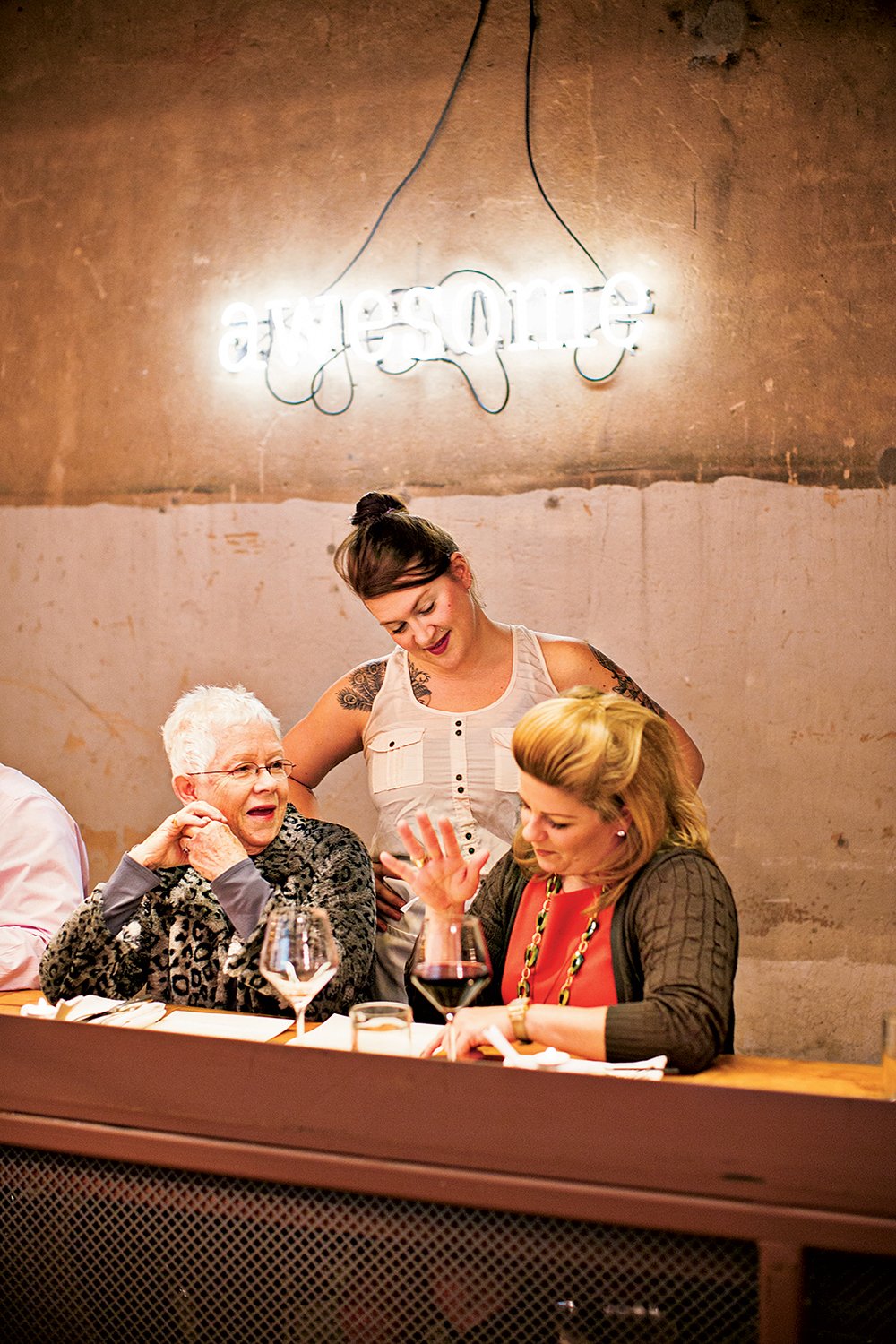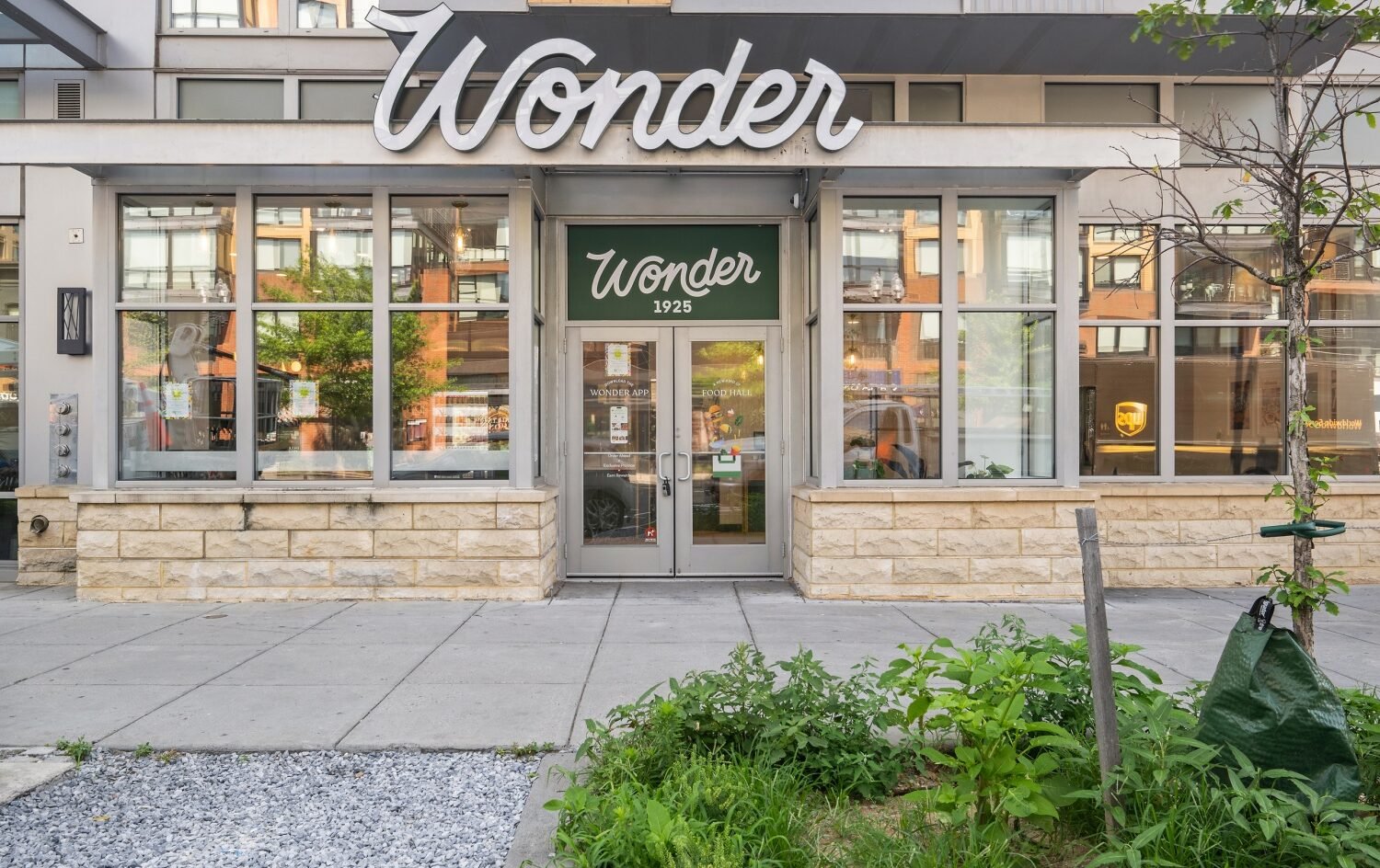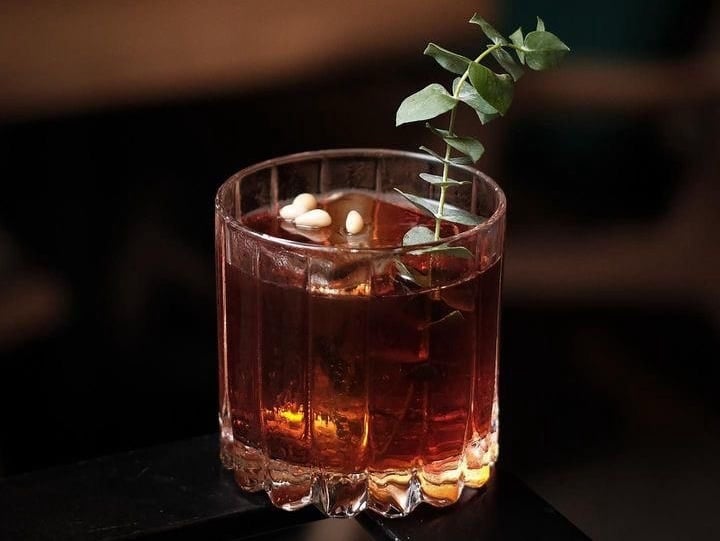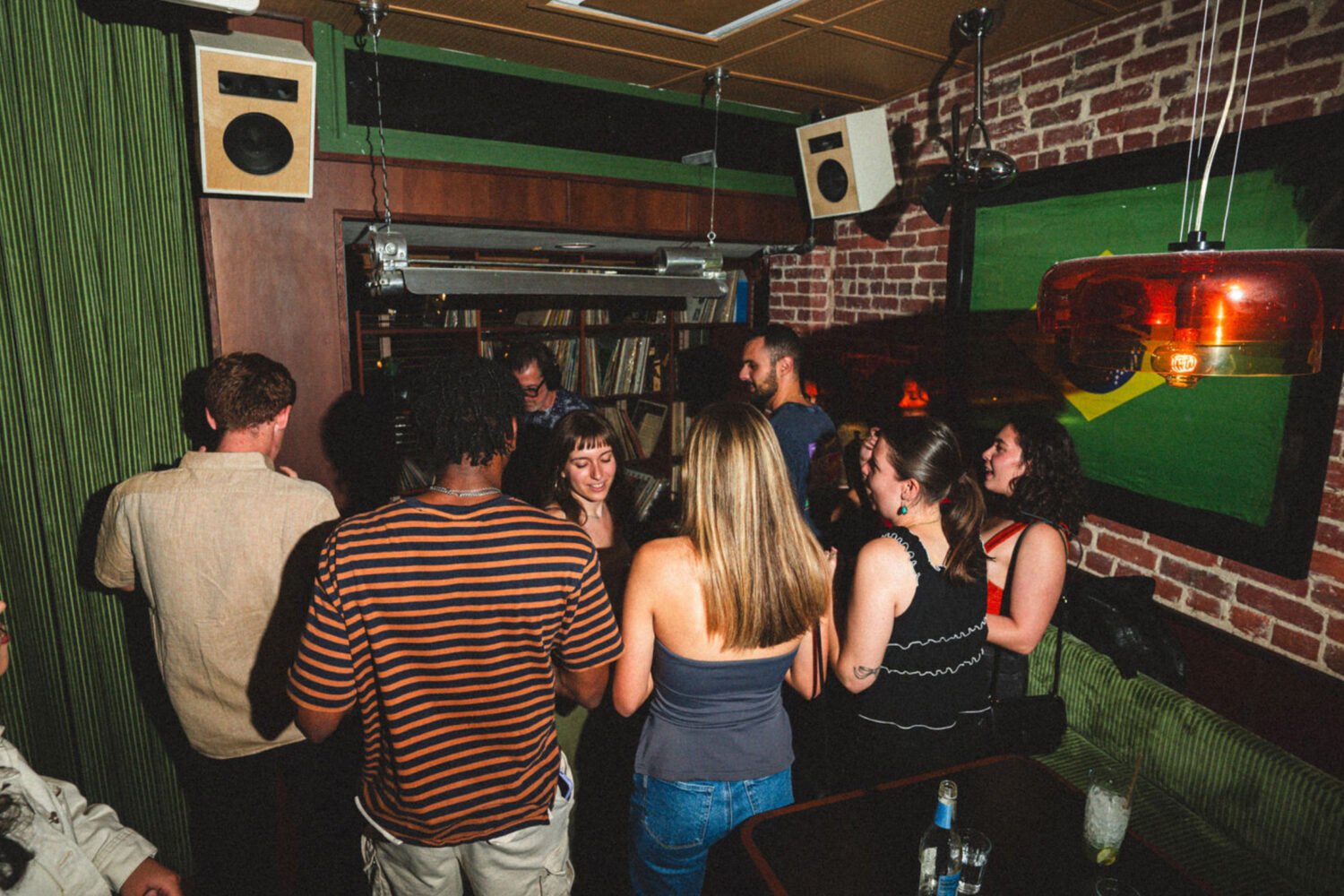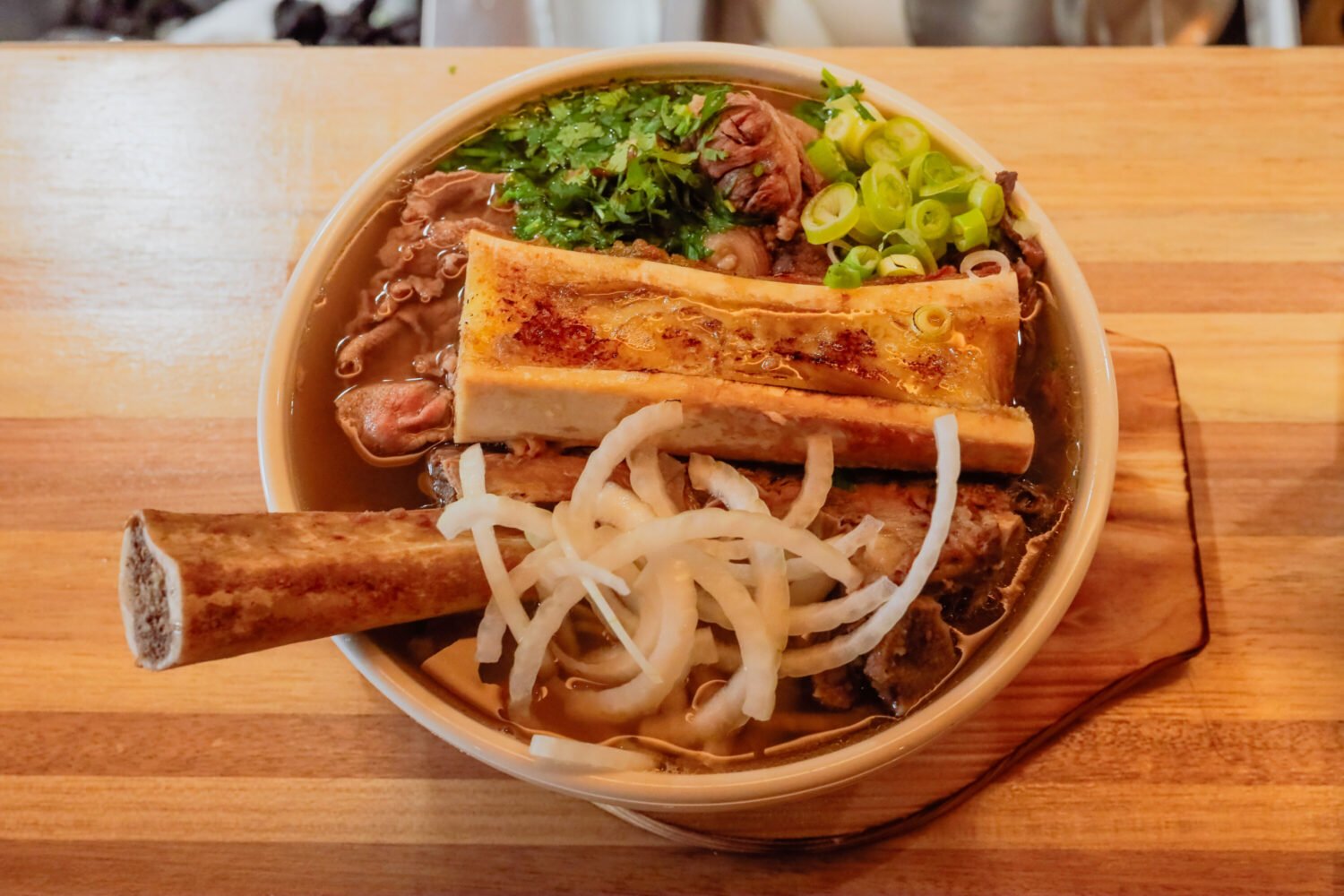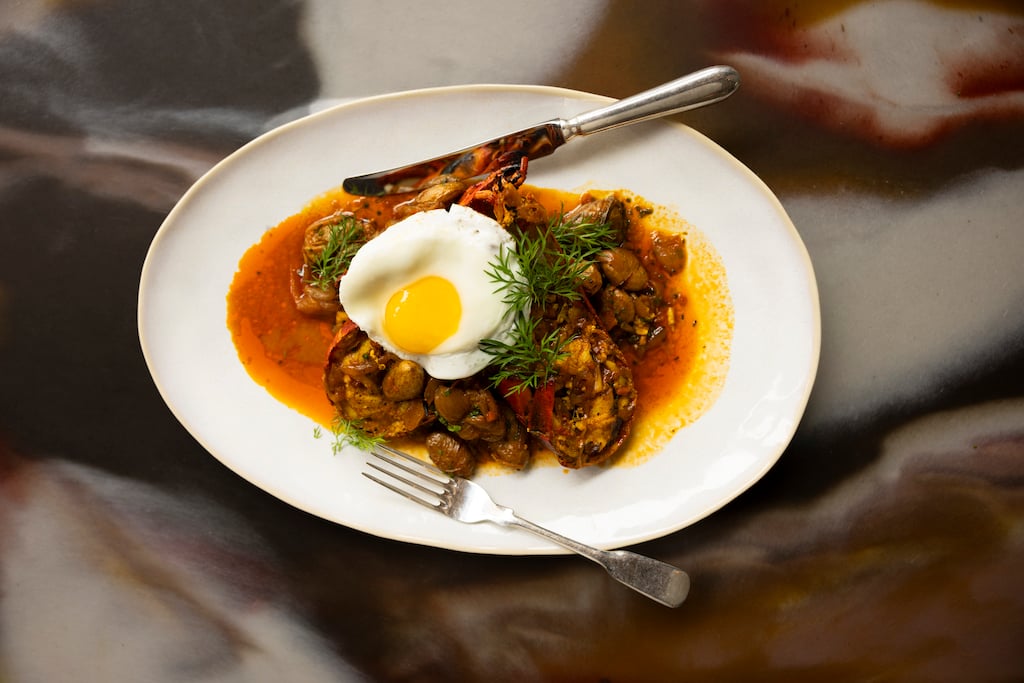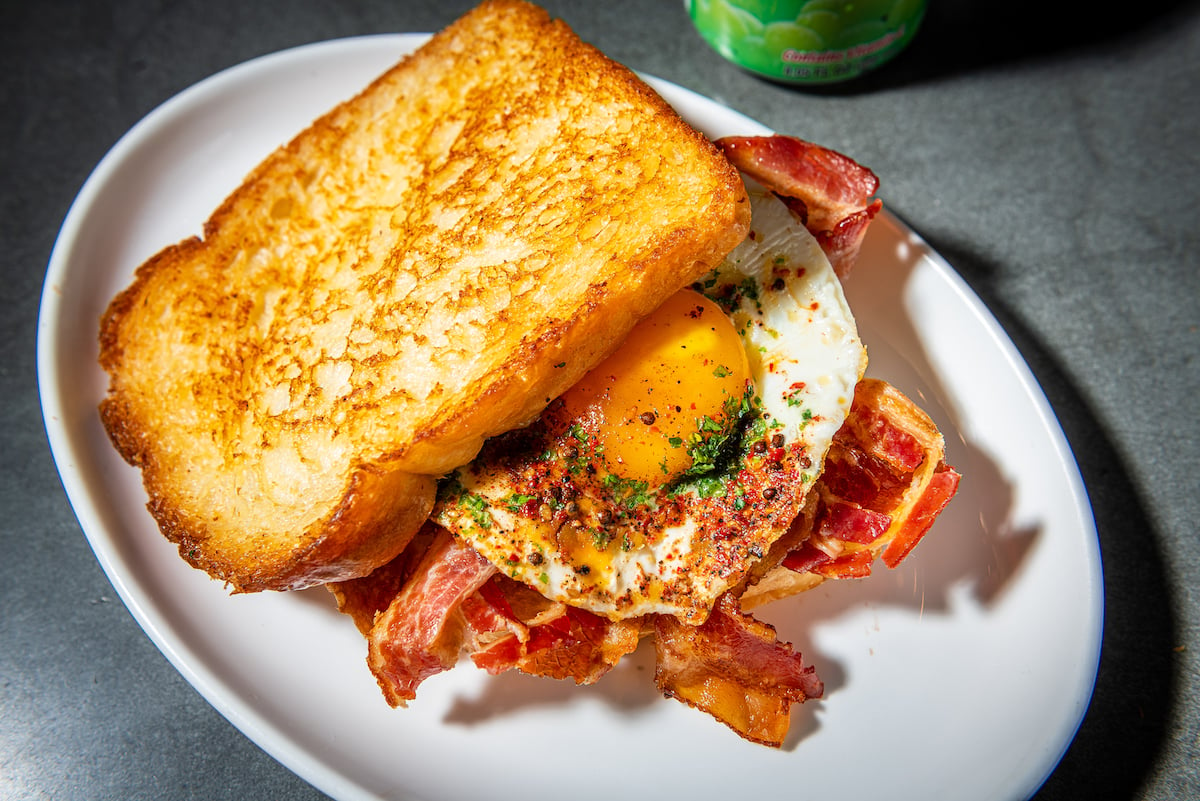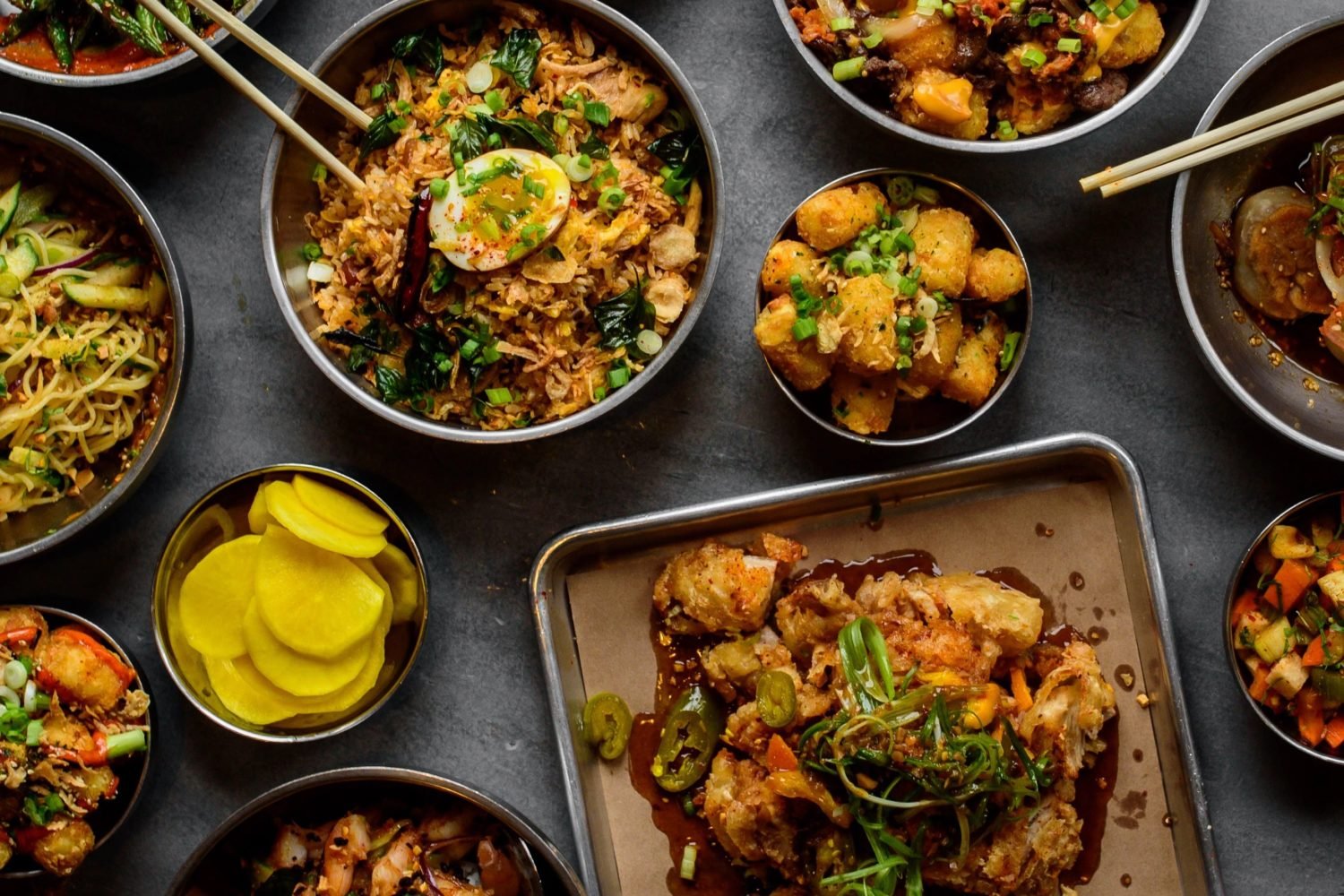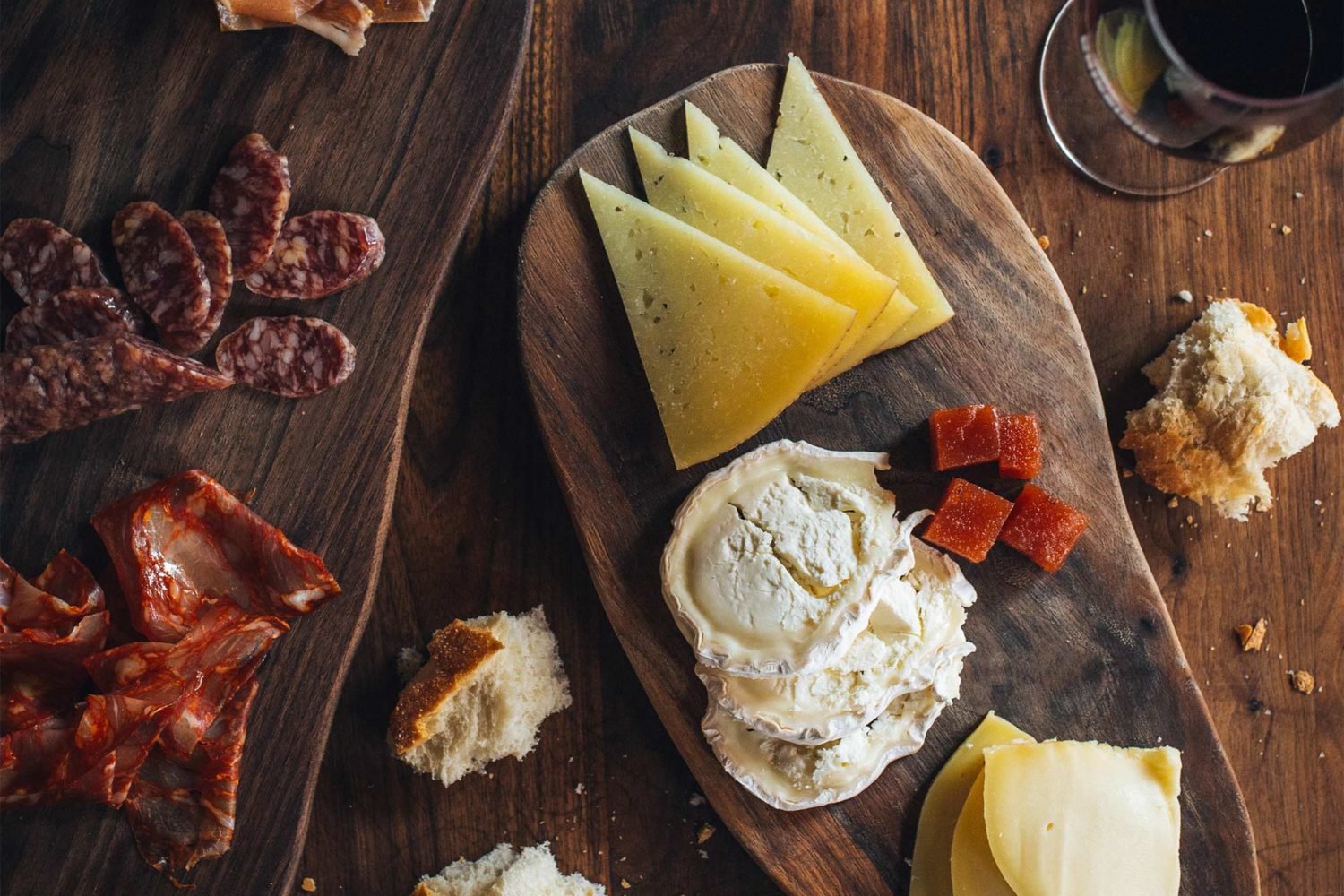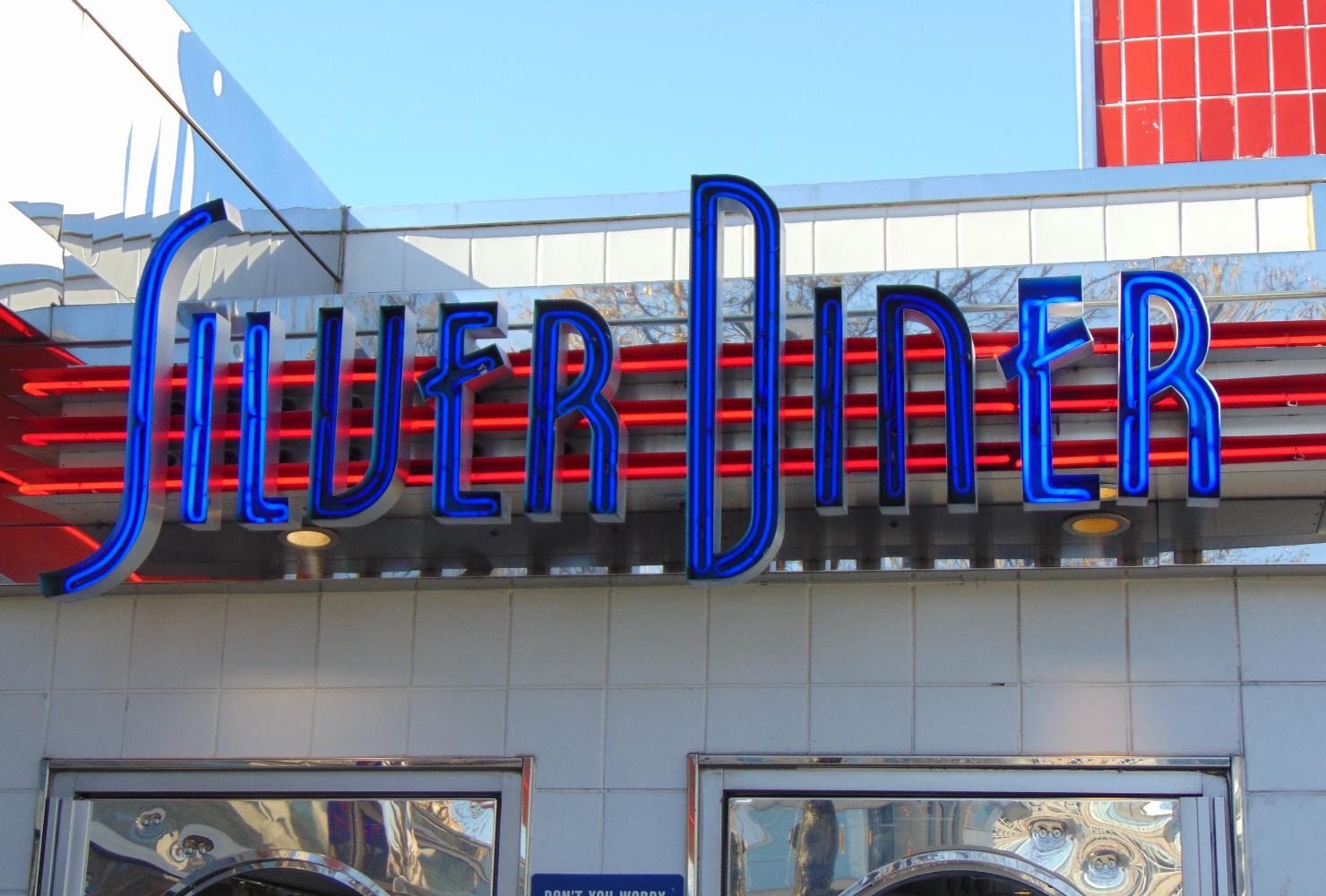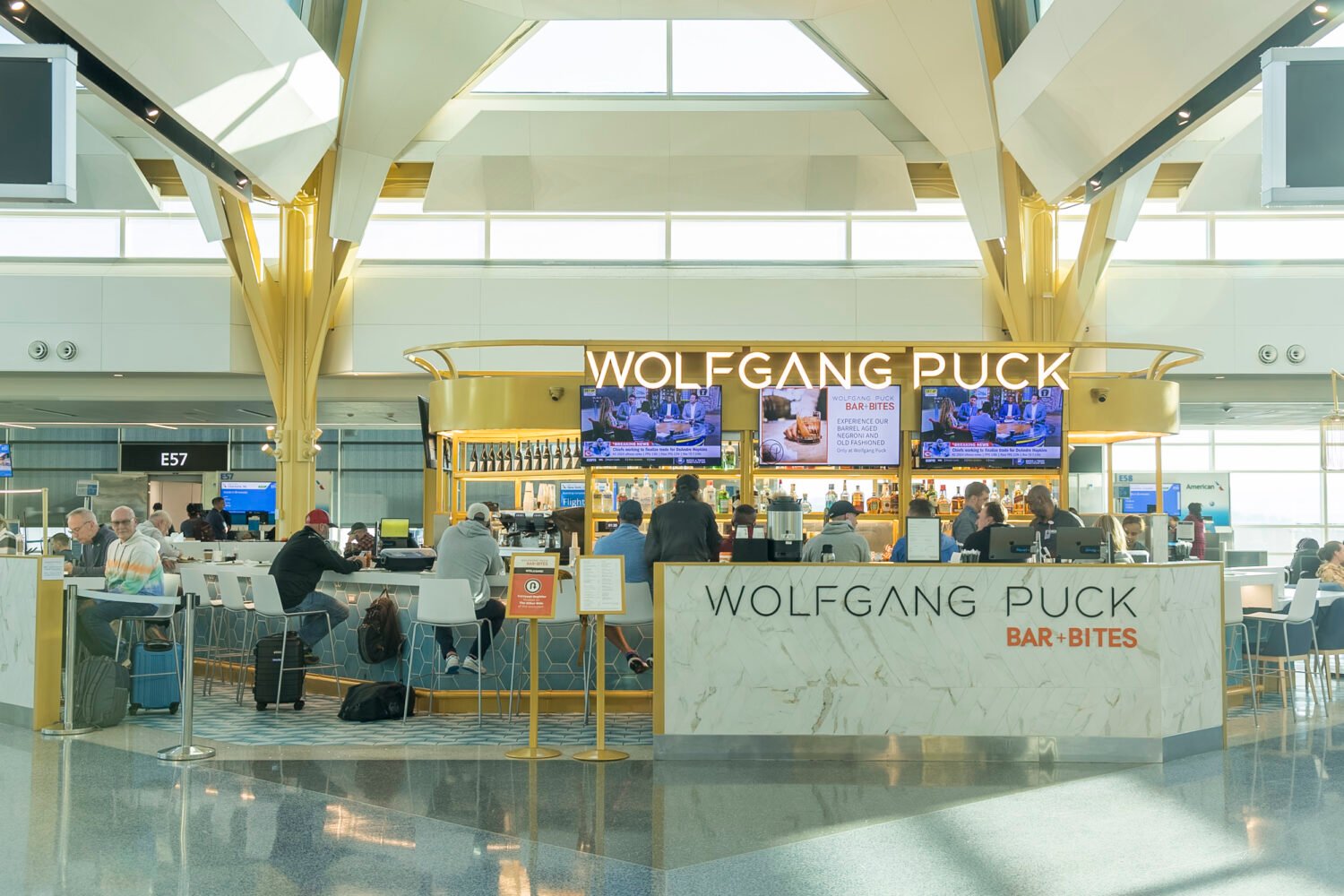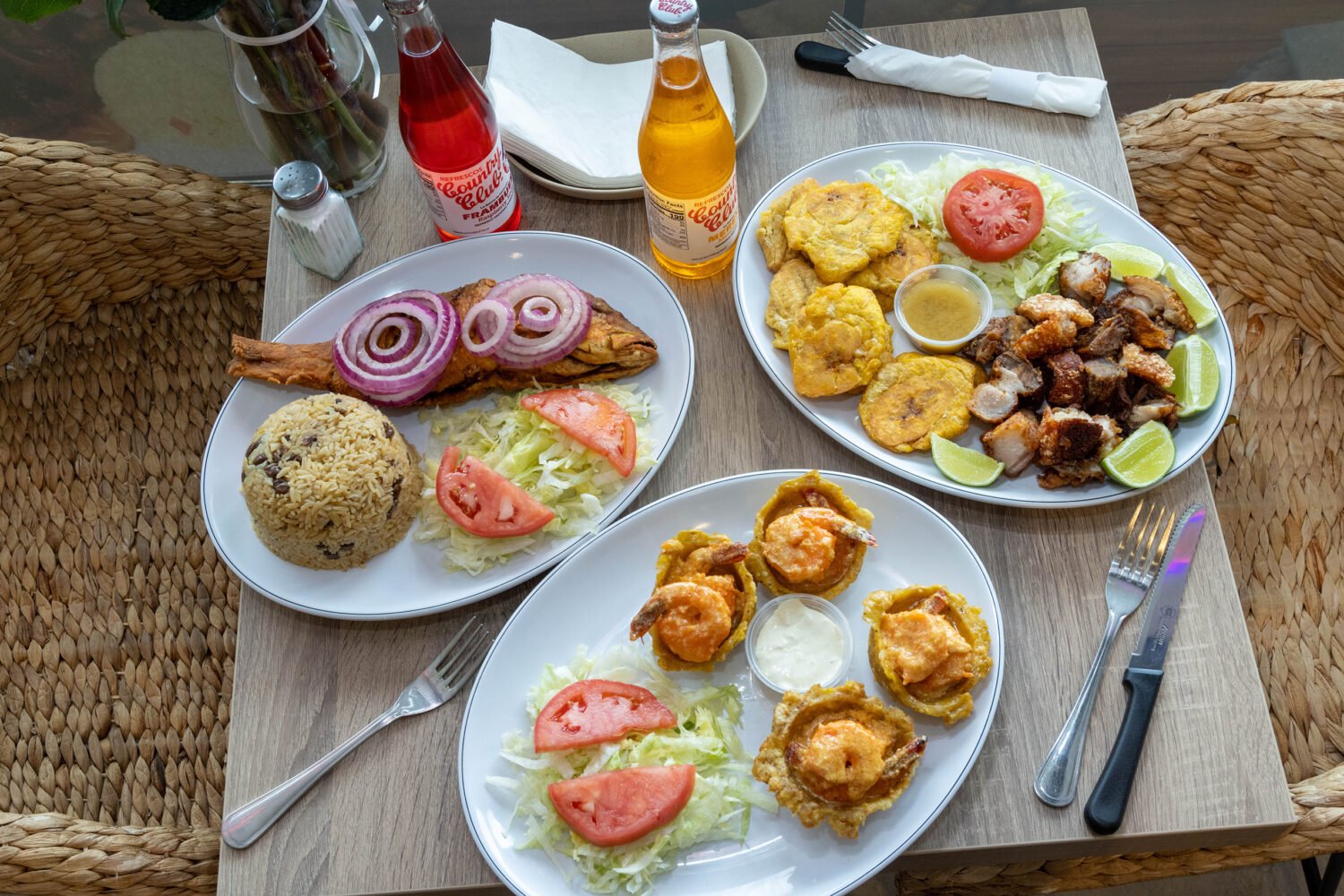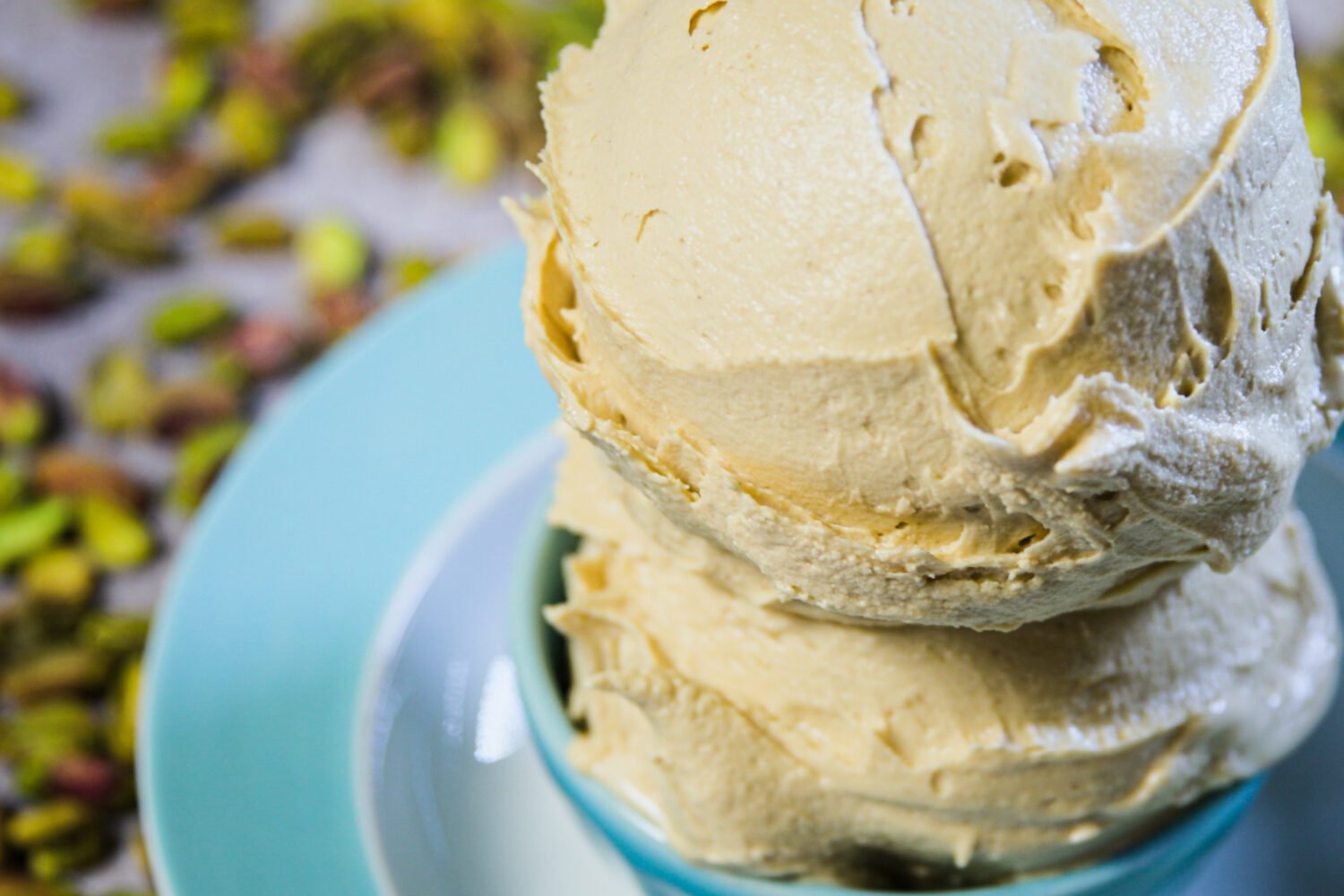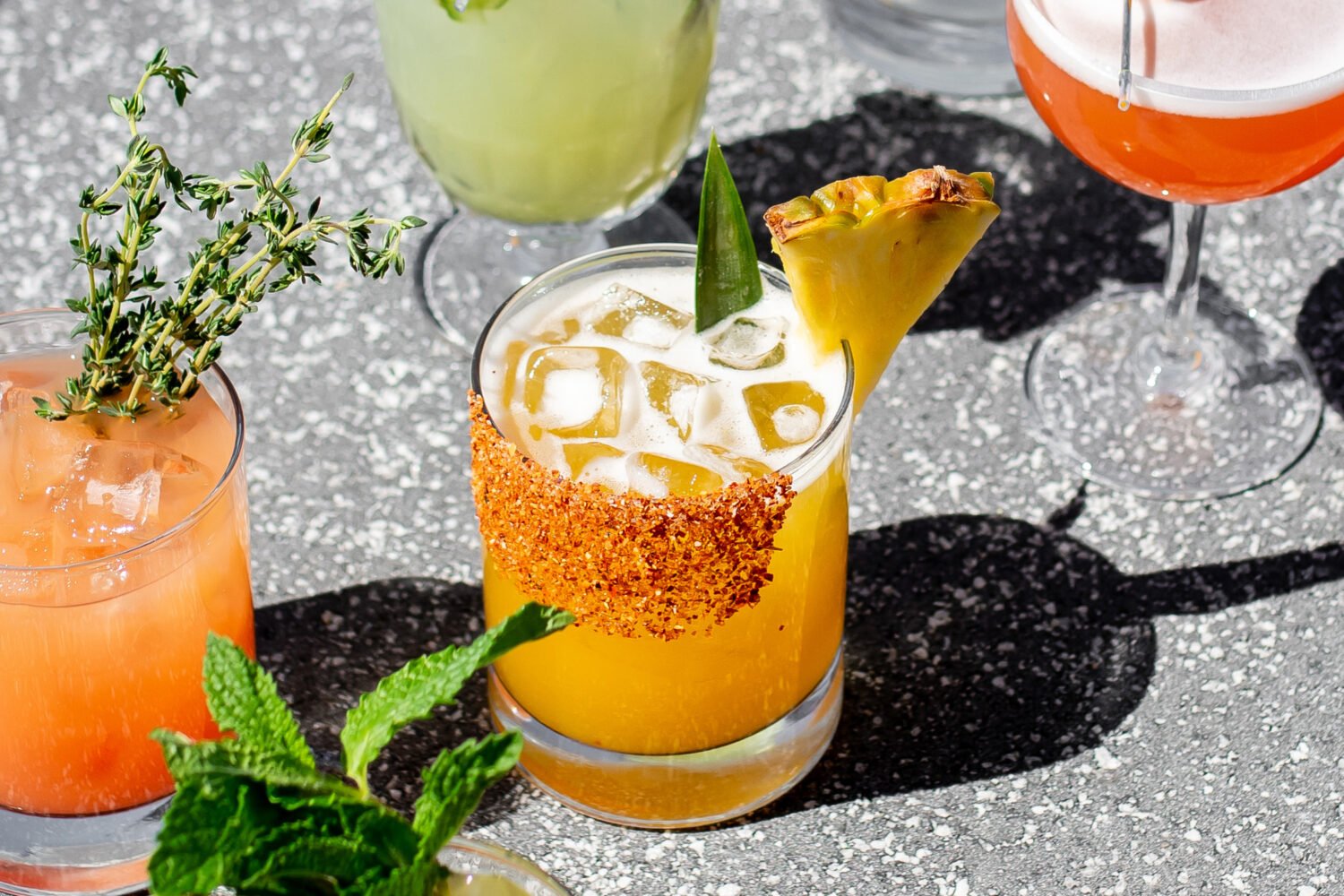Washington’s dining scene has ballooned, but lately some restaurant menus are looking leaner than ever. Top DC spots such as Bad Saint and Casa Luca have noticeably shorter lineups these days. When Rose’s Luxury opened in 2013, it offered 19 dishes. Recently, the frequently changing roster has fluctuated between ten and 15.
Contrary to gut reaction—we like choices!—the trend toward more concise menus is a good thing for both restaurants and diners. Thoughtful, focused menus aren’t guarantees of quality, but they’re often signs of high-caliber kitchens. They allow chefs to be nimbler with certain seasonal or prime ingredients that are available only on given days—say, spring morels or Catalina sea urchin—and all ingredients stay fresher as they get cycled through more quickly (even on slow nights). Cooks can provide more consistency as they home in on executing four dishes perfectly instead of eight.
Concentrated menus are like a personal essay from the kitchen—they convey a sense of identity for both a chef and a place. Carlie Steiner, co-owner of the Petworth Japanese restaurant Himitsu, is all for these “menus with intent”: “If I walk into a restaurant and see a ton of dishes, it’s overwhelming. I don’t know what they’re about.”
Steiner says downsizing makes for smoother service. (Himitsu’s menu hovers around a dozen dishes.) It’s easier for servers to know every item in depth, from flavor profiles to allergens. It also helps restaurants turn tables when customers aren’t poring over pages.
Scaling back isn’t just for boutique eateries. At Silver Diner, executive chef Ype Von Hengst recently trimmed menus at all 14 locations of the local chain for the first time in a decade. Historically, diner menus are enormous—even narrowing the selection to a hundred-odd options was a big deal—but Von Hengst says it was an essential move for quality control as the chain grows: “Every recipe has to be learned by a cook and a kitchen manager. It’s a lot easier to teach someone the specs if they have to learn 20 percent less.”
A brief menu also frees restaurants to play with trendy pop-up-style service. At the five-year-old Italian trattoria Casa Luca, chef Fabio Trabocchi tightened the core offerings so his team could create experiences and specials such as meatless Mondays and Sunday suppers.
Even fast-casual places are taking notice. Scott Drewno, co-owner of the DC Chinese-Korean spot Chiko, serves about 16 main dishes—contrary to fellow Chinese eateries or quick-serve places with dozens of customizable options.
“I call it the Aaron Silverman effect,” says Drewno. “The first time I ate at Rose’s Luxury, every dish was great—and then I realized there were only 12 dishes on the menu.”
This article appeared in the June 2018 issue of Washingtonian.

